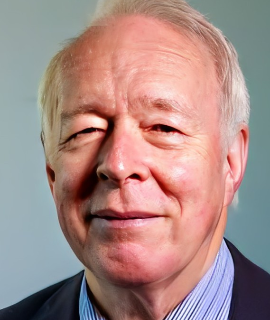Veneers in dentistry
Veneers are an increasingly popular and effective treatment option for improving the appearance of teeth. They are thin shells of ceramic, porcelain, or composite resin material, which are placed onto the front surface of teeth to improve their appearance. Veneers can be used to correct a wide range of issues, from discoloration and chips to gaps between teeth and misalignments. Veneers are one of the most versatile treatments in modern dentistry. A single veneer can be used to improve the appearance of a single tooth, or several veneers can be used to give a patient a completely new smile. Veneers are a permanent treatment, so it’s important to consider the long-term effects before opting for them. The process of getting veneers begins with an initial consultation with a dentist. During this appointment, the dentist will assess the patient’s oral health, discuss the desired outcomes and make any necessary preparations. This may include taking impressions or x-rays, as well as trimming some of the enamel from the tooth or teeth. Next, the dentist will take an impression of the prepared teeth and send it to a laboratory to have the veneers custom-made. Once the veneers are ready, the dentist will bond them to the patient’s teeth using a special cement. This process is usually painless, and the results are immediate. Veneers are not only a cosmetic solution, but they can also help to strengthen the teeth and protect them from further damage. The treatment can last for many years with regular dental check-ups and good oral hygiene. Veneers are an excellent choice for people who want a more aesthetically pleasing smile without undergoing invasive treatments.

David Geoffrey Gillam
Queen Mary University of London, United Kingdom
Christopher Turner
Spacemark Dental, United Kingdom




Title : Evaluating hygienist follow up for head and neck oncology patients in secondary care: Results from a two cycle audit
Peter Basta, Newcastle Dental Hospital, United Kingdom
Title : Atypical facial pain unravelled
Christopher Turner, Spacemark Dental, United Kingdom
Title : New treatment of temporomandibular disorder through muscle balance and muscle regeneration by activation of quiescent muscle stem cells( satellite cells) with mitochondrial dynamics
Ki Ji Lee, National Reserach Foundation & Busan Medical University, Korea, Republic of
Title : MRONJ and ORN: Referral or management in primary care? Navigating guidelines in the context of long waiting lists
Alisha Sagar, NHS England, United Kingdom
Title : Managing the unexpected: An Insight into supernumerary teeth
Bahar Gharooni Dowrani, Guy's and St Thomas' NHS Foundation Trust, United Kingdom
Title : Laxative prescribing for post operative head and neck cancer patients at Derriford Hospital
Pui Sze Kylie Li, Cardiff and Vale University Health Board, United Kingdom